- Solar advice hub
- Solar-technology
- Solar panel optimisers: the expert guide
Solar panel optimisers: the expert guide
Here's how optimisers work, their pros and cons, and which households should seriously consider getting them.


Why you can trust our content
We know that the solar industry is full of misinformation, but we only use reliable sources, including:
- Our experienced solar experts, installers and system designers
- Our own database of solar & battery system designs
- Authoritative bodies like MCS and the UK government



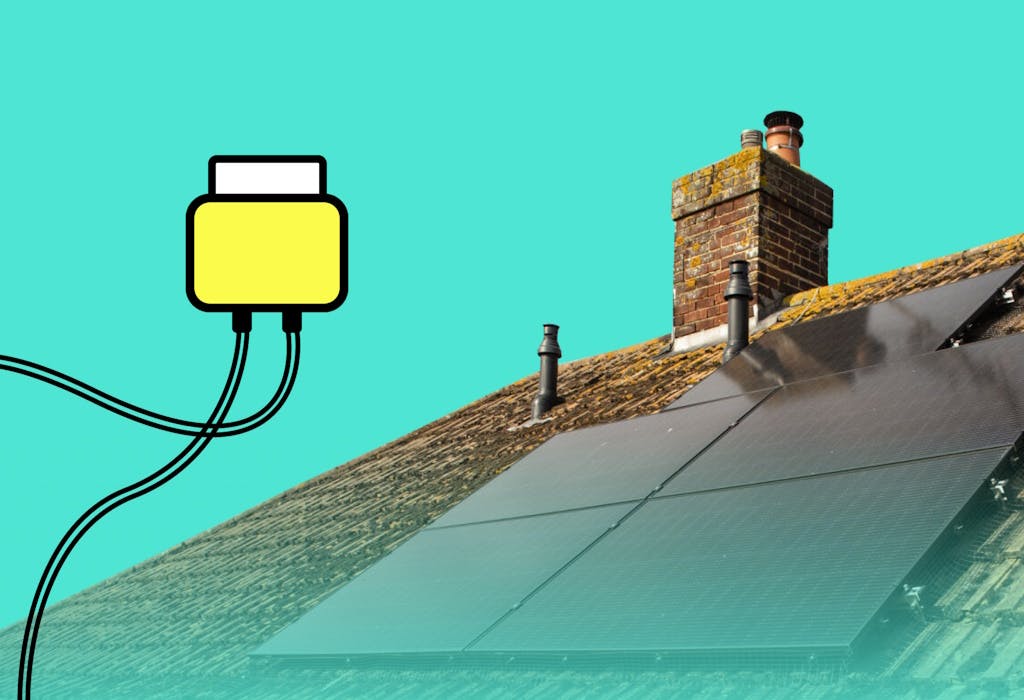
At a glance
When you’re getting a solar panel system, you want it to produce as much electricity as possible, so you can maximise your electricity bill savings.
But if your system is partly shaded, you may need to turn to solar panel optimisers, which manage each panel individually and improve their performance.
In this guide, we’ll explain how optimisers work, their pros and cons, and which households should seriously consider getting them.
If you’re wondering how much you could save with a solar & battery system, enter a few details below and we’ll generate a quick estimate.
What is a solar panel optimiser?
A solar panel optimiser is a small box that connects to a solar panel and tracks its generation, then alters the panel’s electrical characteristics to make sure your system produces as much electricity as possible.
It achieves this via Maximum Power Point Tracking (MPPT), the same technology used by string inverters to maximise a system’s generation.
If your installer recommends that your system needs optimisers, this will mean getting one fitted to every solar panel that could suffer reduced output – for example by being in shade – to ensure they don’t affect how much electricity the rest of your system generates.
Or, depending on the brand of optimiser you go for, you may need to get one for every panel – even the ones that aren’t expected to experience any output loss.
You should be able to monitor your system’s performance via your solar panel app, and see whether your optimisers are working properly – or whether you need to add some.
How do solar panel optimisers work?
Solar panel optimisers work by rerouting the electric current flowing through your solar panel system around panels that are underperforming.
If a small amount of shade falls on one of your panels and temporarily reduces its output by 10%, it can cut your entire system’s generation by 10% – unless you have an optimiser on that panel.
This is because solar panel systems are usually wired in series, meaning every panel’s positive terminal is wired to another’s negative terminal. This raises the system’s output, but means that a drop in one panel’s production levels is replicated across every panel.
When a solar panel’s output falls because of shading, its optimiser can take it out of series and put it in parallel, meaning the shaded panel can still continue to produce its lesser contribution, and the other panels won’t be brought down to its level.
This is an invaluable service, but it’s only necessary in certain situations, as your solar panels already have an in-built solution to partial shading: bypass diodes.
What are bypass diodes?
Manufacturers will usually include three bypass diodes per panel, and they’ll each monitor one third of the cells in that panel. If shading affects one of these areas, the relevant bypass diode will reroute the current around that section.
This means you’ll miss out on that section’s solar-generated electricity until it’s unshaded again, but it’s a small price to pay for keeping the system’s current level as high as possible.
Bypass diodes also protect your solar cells from damage, since a panel in the shade can actually overheat and break.
Ideally you’d want a bypass diode for every cell, as this would maximise your system’s output, but the cost would be prohibitive. Three per panel is the practical, cost-effective compromise made by most solar panel manufacturers.
However, bypass diodes generally only step in when 20% of their section is under shade.
So if 15% of your panel is under shade, but it’s spread across three bypass diode areas, it will lower the entire system’s output by 15% – and your bypass diodes will do nothing.
This is where optimisers come in. They’ll leap into action whenever they sense even a little bit of shading, so your system can always work to its maximum level.
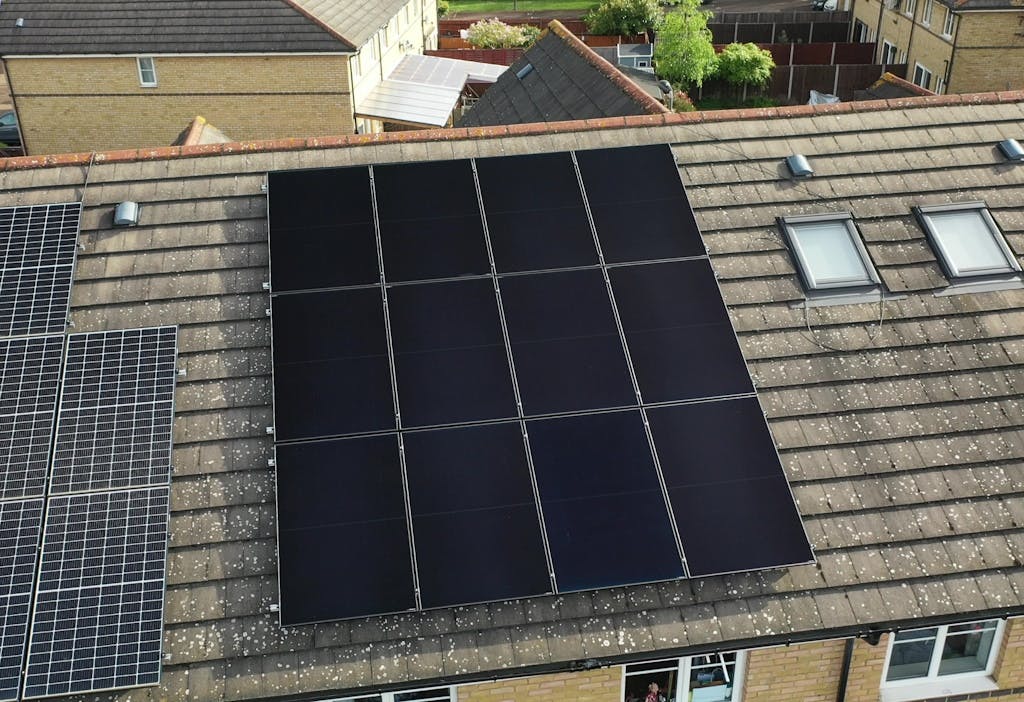
How are solar panel optimisers installed?
Solar panel optimisers are usually installed on the back of your solar panels or on the mounting brackets they sit on.
Each optimiser will be secured in place within easy reach of a panel, as they must be close enough for an installer to connect the two without using extension cables.
After the installer has connected every optimiser’s cables to its panel and the inverter, they’ll check that the voltage is correct and everything is functioning as it should.
It’s a relatively simple process that usually forms part of a solar panel system installation, though they can also be retrofitted later on.
The exact installation process will also depend on which brand of optimisers you buy – for instance, Tigo’s optimisers have extra wiring and communication needs.
SolarEdge, however, requires you to get a specific SolarEdge inverter, and to have optimisers fitted to every panel, rather than just the ones that experience shading.
To find out how much you could save with a solar & battery system, enter a few details below and we'll generate an estimate for you.
The pros and cons of solar panel optimisers
Optimisers can increase the amount of electricity your system produces while also raising its price, so it’s important to perform a cost-benefit analysis before you commit.
It also helps to ask one of the best solar installers around – like us – to inspect your rooftop and estimate whether any of your panels will require optimisers.
It’s also worth considering other technologies that let you track and maximise your panels’ output, like microinverters – which a good installer will do too.
The benefits of solar panel optimisers
- You can prevent a partly shaded solar panel from affecting your system’s overall output. A system that suffers from diffuse or partial shading could produce much more electricity with strategically placed optimisers.
- They can add to your savings and earnings. If your panels produce more electricity, you’ll need to import less from the grid, and you can sell more to the grid through an export tariff.
- You can monitor the performance of every panel that has an optimiser. If all your panels are connected to an optimiser, you can easily diagnose the issue if your system’s overall output ever drops dramatically.
- Homes with solar panels on multiple roofs can use optimisers to maximise output. Solar panel systems that are spread across three roofs will struggle to produce as much electricity as possible with a string inverter. Optimisers can solve this issue – though microinverters can too.
- Optimisers maximise output even as your solar panels degrade or get dirty. Solar panels lose a tiny amount of output every year, but even in the same system, they’ll usually degrade at different rates. The same is true of dirt – it accumulates on panels to different levels. Optimisers use MPPT to combat this, so each panel will function at its highest possible level.
The drawbacks of solar panel optimisers
- It adds to your upfront cost. Every extra optimiser bumps up your overall price, with some costing roughly the same as the panel it’s attached to.
- Optimisers’ panel monitoring isn’t as sophisticated as it could be. Microinverters monitor your panels’ output in a more dynamic, detailed, and up-to-date manner.
- They increase the complexity of your system. Solar panels require a limited amount of maintenance, but installing optimisers means more electrical gear on your roof, and so increases the chance of something going wrong.
Does your solar PV system need optimisers?
Your solar panel system may need optimisers if it often falls under diffuse or partial shading, whether from a tree, chimney, or weather vane.
Without optimisers, any shade could drastically impact your system’s output, as other panels will only be able to produce the same amount of electricity as the affected panel.
In this case, optimisers will allow you to separate the shaded panel from the rest of the panels, and allow the unaffected ones to go on generating as much electricity as they can.
However, solar panels are already fitted with bypass diodes – typically three – which each perform the same function once shading on their section of the panel reaches 20%.
If you have solar panels that face more than two compass directions – for instance, if they face south, west, and east – then a regular inverter won’t be able to handle it well, and your output will suffer as a result. Optimisers can solve this issue.
However, in all these scenarios, a solar panel system in need of optimisation is better off with microinverters – even if they are more expensive. We’ll go into more detail about microinverters later in the article.
Do you need an optimiser on every panel?
You don’t need an optimiser on every solar panel, strictly speaking – but it does allow you to monitor your entire setup and maximise your output.
If you know some of your panels will be affected by diffuse or limited shading, you can only add optimisers to those, but this will leave you unable to address any issues with the others.
And over the years, as they degrade and accumulate dirt, it’ll be increasingly helpful – and profitable – to be able to monitor and automatically adjust all your panels.
Some brands, like SolarEdge and Huawei, only offer solar packages that come with an optimiser for every panel.
However, other companies including Tigo allow you to only attach optimisers to panels affected by shading.
Tigo does recommend that customers buy an optimiser for every panel, but leaves the final decision up to you – making it a potentially more cost-effective option.
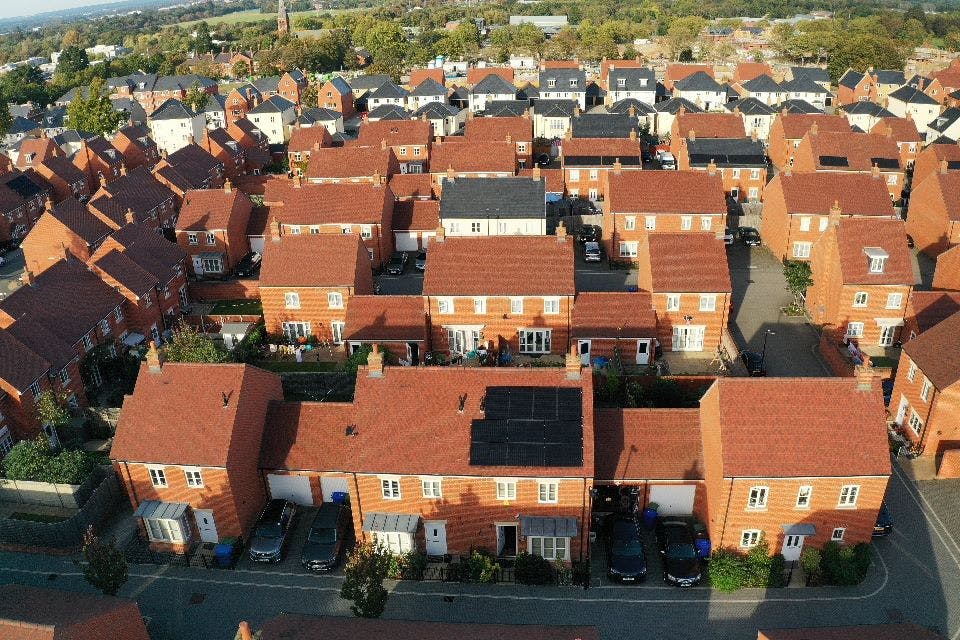
How long do solar panel optimisers last?
Solar panel optimisers generally last around 20-25 years.
That’s why brands like Tigo and SolarEdge’s optimisers come with 25-year warranties, which is also relatively standard for solar panels.
This theoretically means your optimisers should need replacing around the same time as your panels, though in reality, panels can function perfectly well for up to 40 years.
As long as your panels are still working properly, it’s usually worth replacing optimisers that have reached the end of their lifespan.
Doing so is potentially more important as your panels degrade, since larger gaps can open up between individual panels’ performances. With optimisers, you can monitor your panels and get the most out of them throughout their decline.
Do solar panel optimisers require any maintenance?
Solar panels optimisers don’t typically require any maintenance, though like any electrical product, they can experience issues.
Adding any extra items to your system will increase its complexity and the chances of something needing maintenance, and this holds true for optimisers.
If you do get optimisers, check that your warranty includes repairs and replacements if any of them break down.
Fortunately, if you’re regularly monitoring your panels, any optimiser faults should be easy to spot, as you’ll have a decent idea of what outputs to expect from them.
Solar panel optimisers vs microinverters
Microinverters convert each solar panel’s DC electricity to AC, meaning they can replace your string inverter and negate any need for optimisers.
They give you all the monitoring benefits and automatic adjustments that optimisers provide, while offering a number of additional advantages.
Microinverters enable you to add more panels to your system at a later date, even if they’re a different model, size, or brand. All you’ll need is more microinverters.
If you have optimisers however, you may need to get a new string inverter to suit the system’s upgraded capacity, which can be a more difficult, costly process.
Microinverters also fare better than optimisers in low light, since they can start producing electricity with just 20-30 volts. String inverters require at least 60 volts, and usually closer to 200 volts – even with optimisers.
In terms of safety, microinverters are also the better choice, since they perform electricity conversions at each panel. This means there’ll be no high-voltage DC running from your system to your inverter – unlike a setup with a string inverter and optimisers.
Microinverters are generally better than optimisers, but are usually around three times more expensive.
However, you’ll save by not needing to buy a string inverter, and you may generate more electricity than you would with optimisers – meaning it could be worth it in the long run.
Are solar panel optimisers worth it?
Solar panel optimisers are only worth it if they save you more money than you spend on them – so this calculation should form a crucial part of your decision-making process.
All optimisers have operating power losses, meaning that to stay on, they use about 2% of the electricity that your solar panels generate.
Your installer should work out how much extra electricity optimisers will squeeze out of your panels over their lifespan, enabling you to make a proper comparison.
If your system would only experience shading for part of each day and only on a small number of panels, it may not be worth the cost.
Optimisers will also add to the complexity of your system, and increase the number of electrical items that can break and require maintenance. This can be expensive for rooftop systems, especially as your optimiser warranty probably won’t include scaffolding costs.
Solar panels already come with bypass diodes that do a pretty good job of managing your system’s output under partial shade, so they don’t generally require optimisers.
If we think your system could benefit from optimisation, we’ll recommend it, though we usually prefer to install microinverters, as they’re superior to optimisers in all the ways we’ve explained above.
If you’re wondering how much you could save with a solar & battery system, enter a few details below and we’ll generate a quick estimate.
Solar panel optimisers: FAQs
Related articles
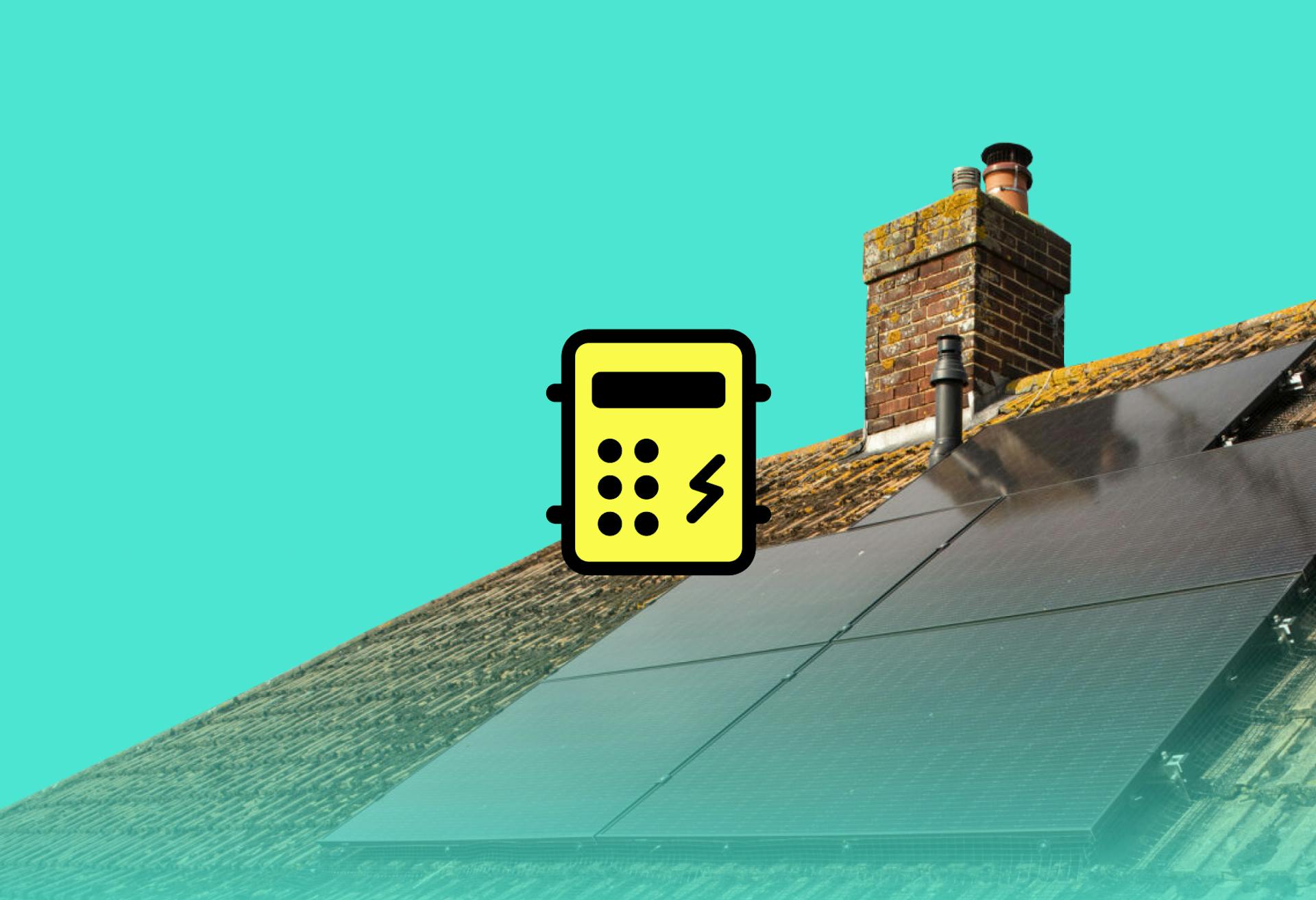
Solar panel inverters: the expert guide
Read full story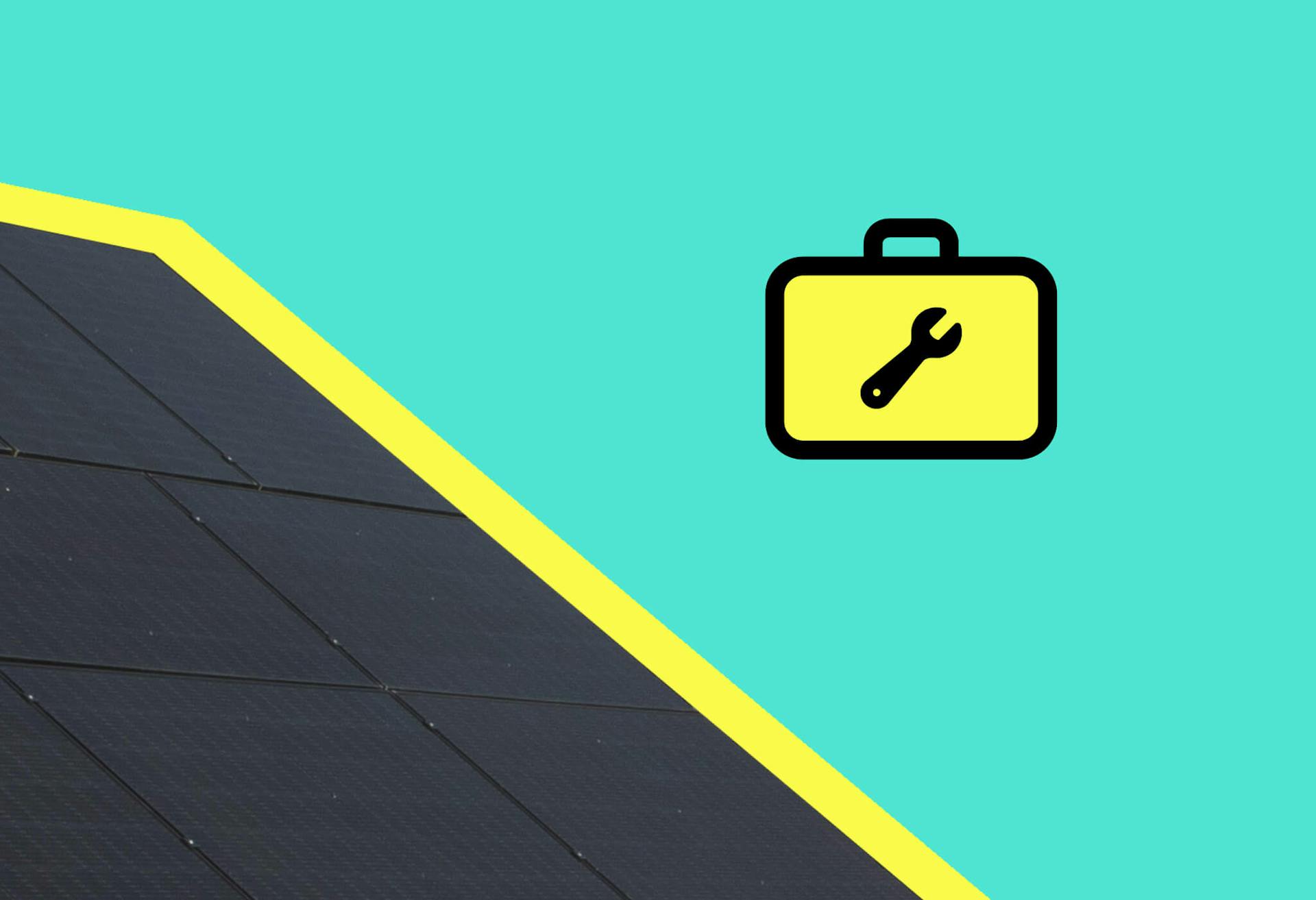
Solar panel maintenance: an expert guide
Read full story
Solar panel apps: how do they work?
Read full story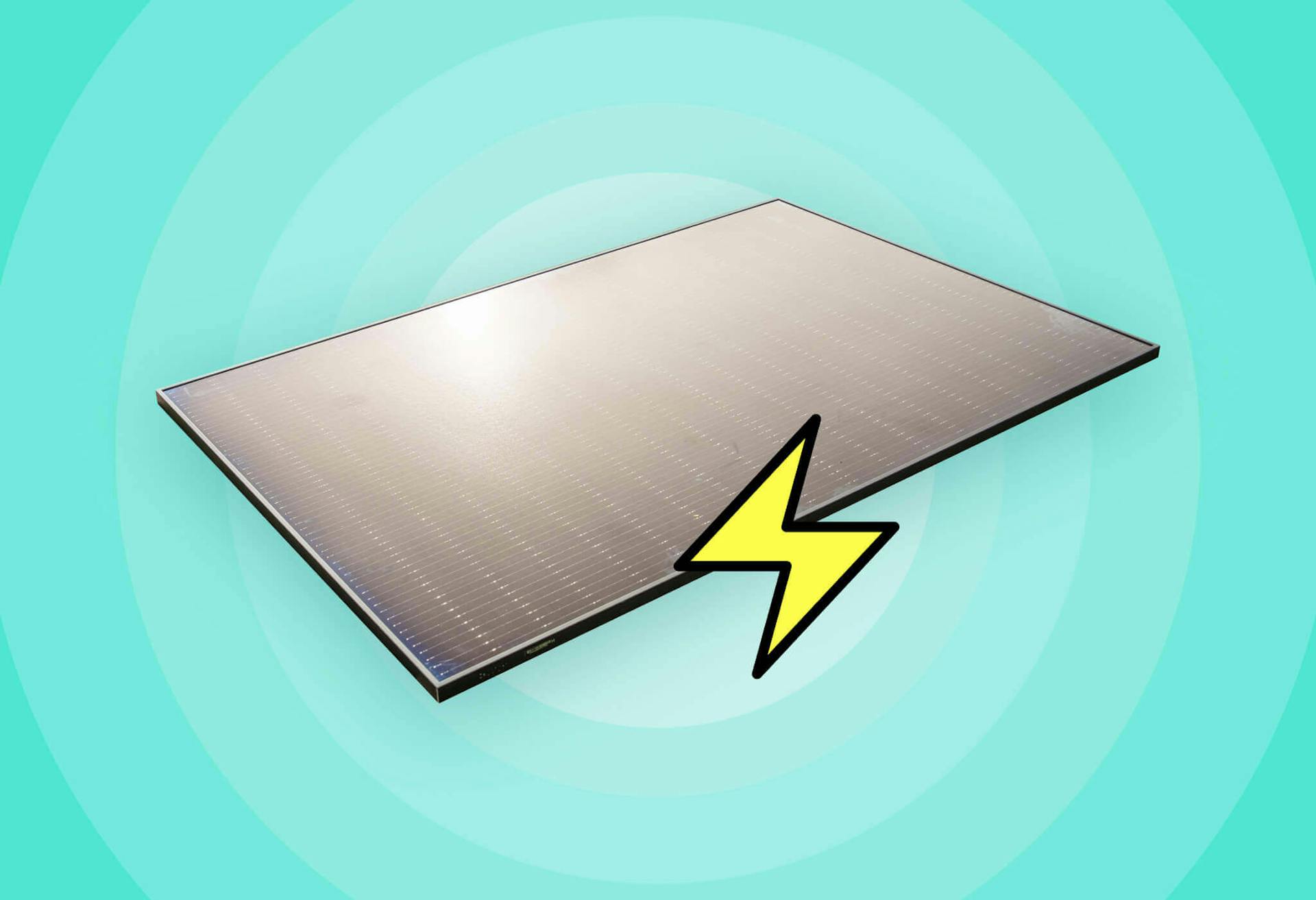
How much energy do solar panels produce?
Read full story
Written byJosh Jackman
Josh has written about the rapid rise of home solar for the past six years. His data-driven work has been featured in United Nations and World Health Organisation documents, as well as publications including The Eco Experts, Financial Times, The Independent, The Telegraph, The Times, and The Sun. Josh has also been interviewed as a renewables expert on BBC One’s Rip-Off Britain, ITV1’s Tonight show, and BBC Radio 4 and 5.